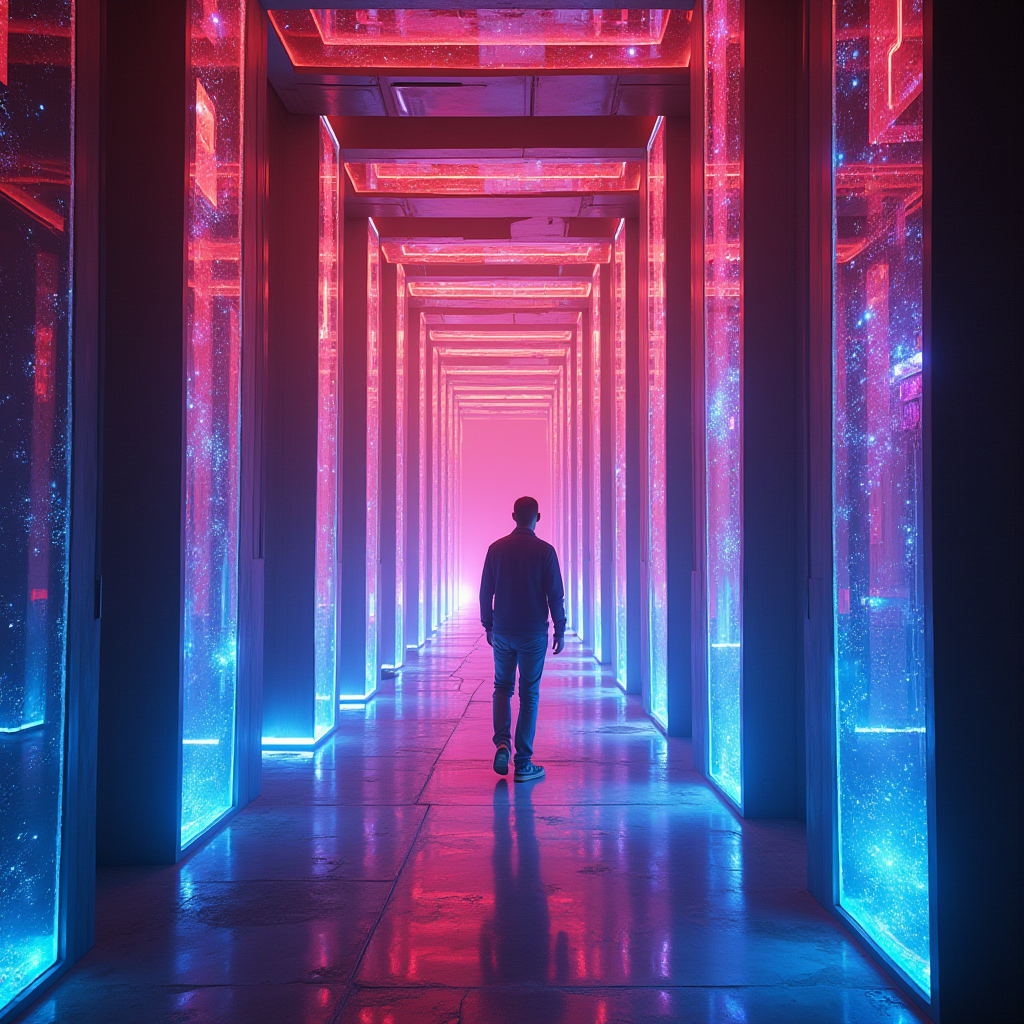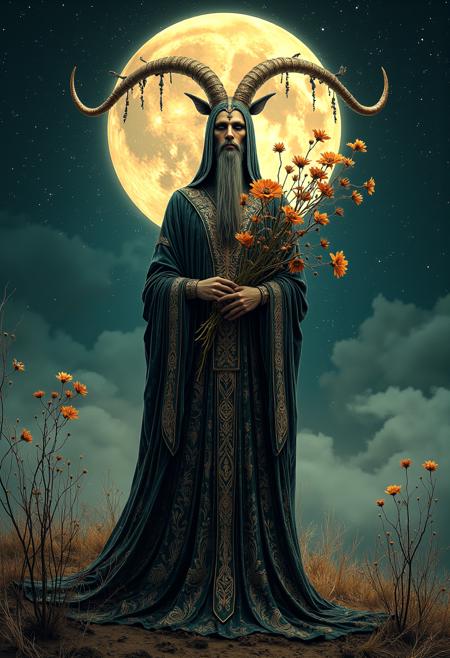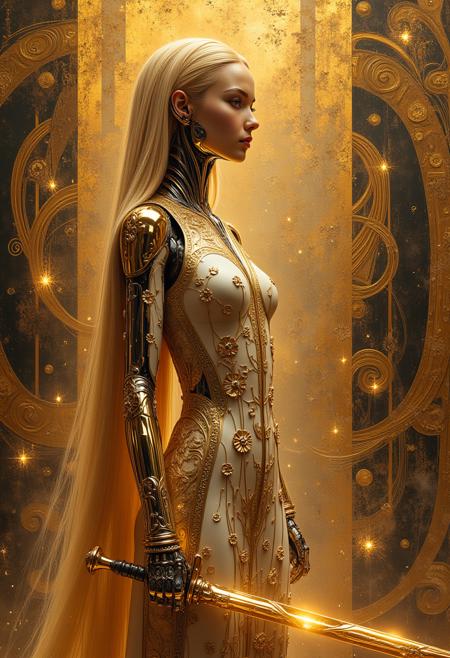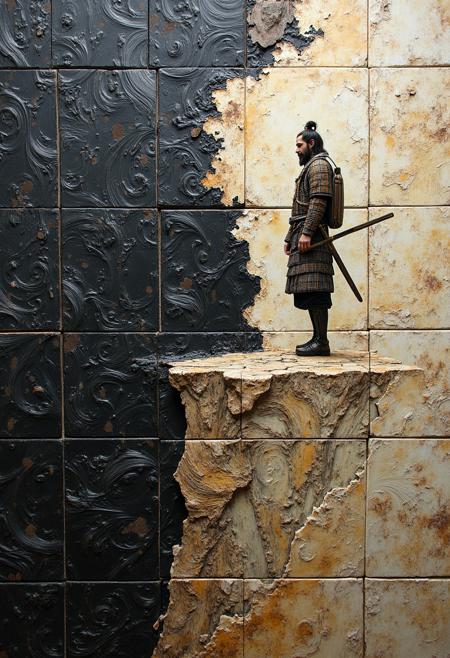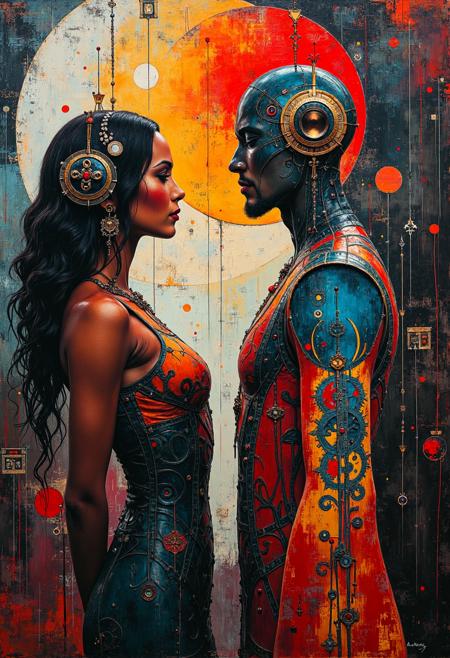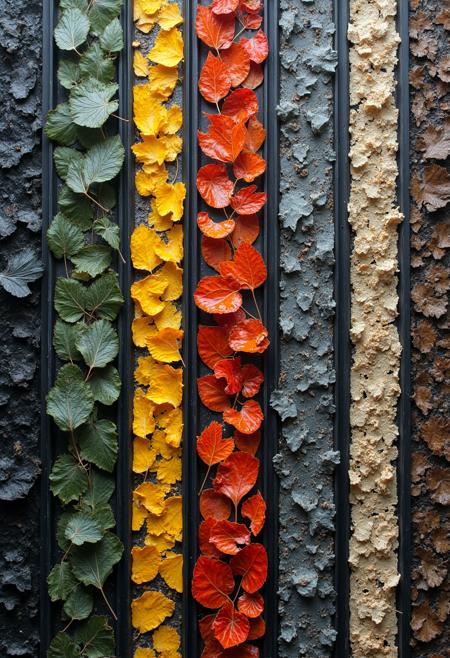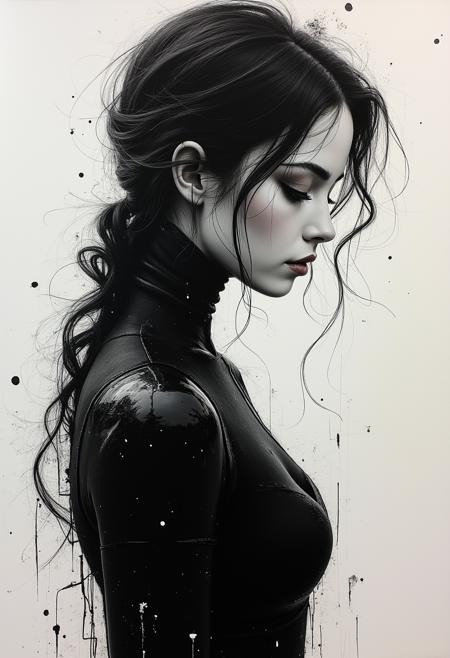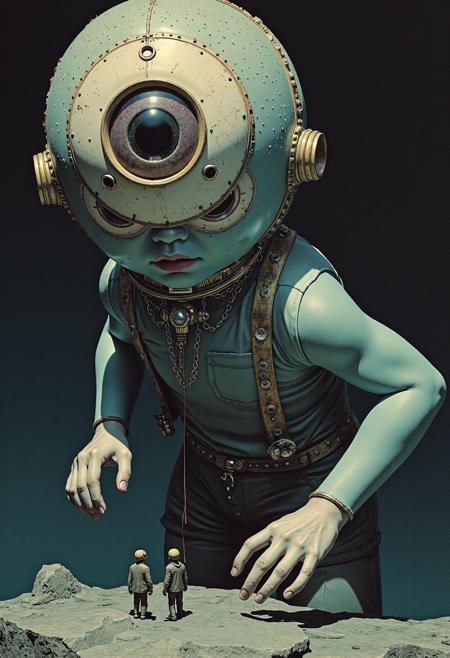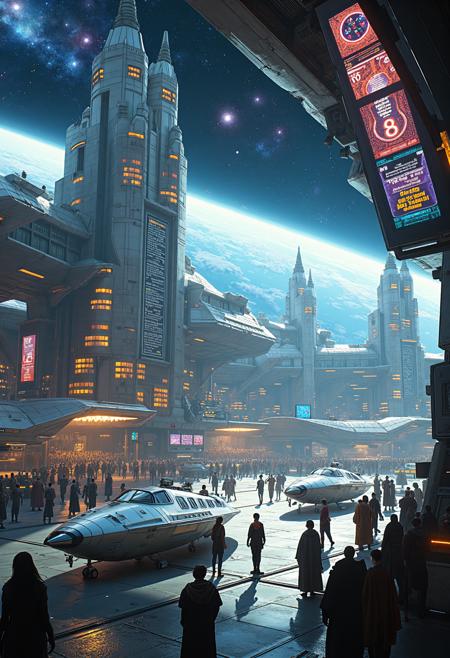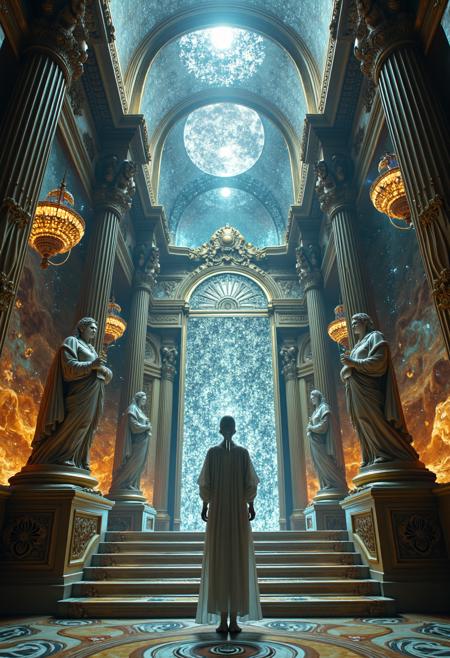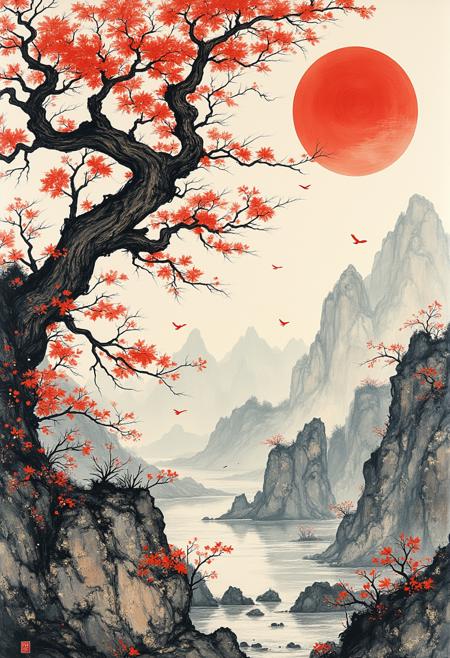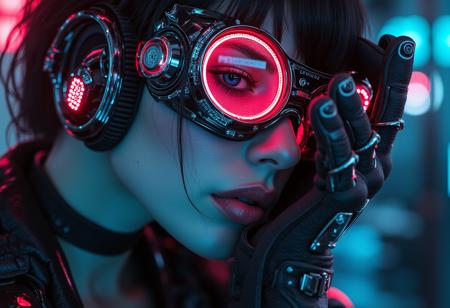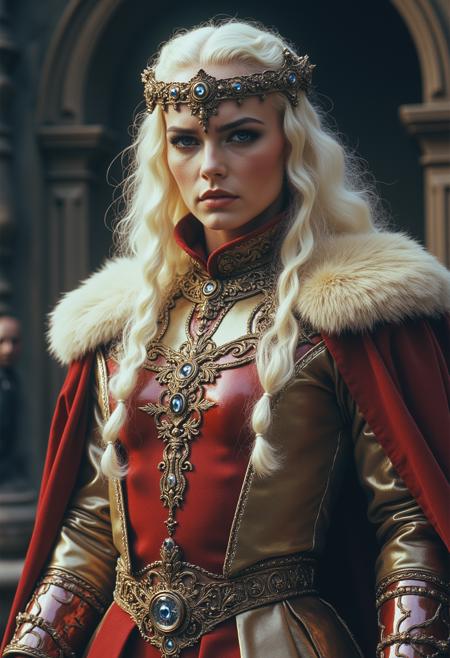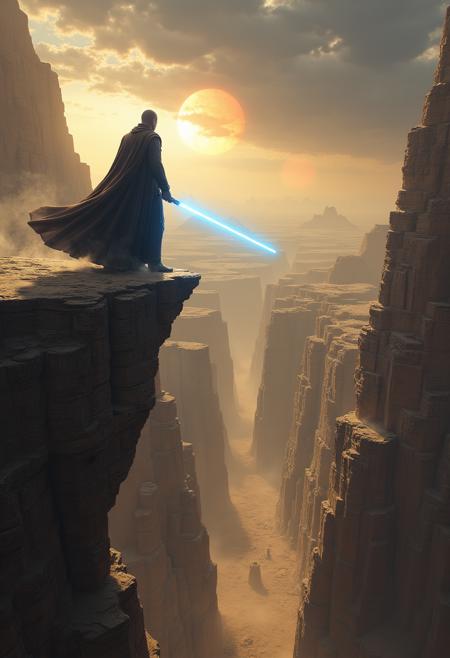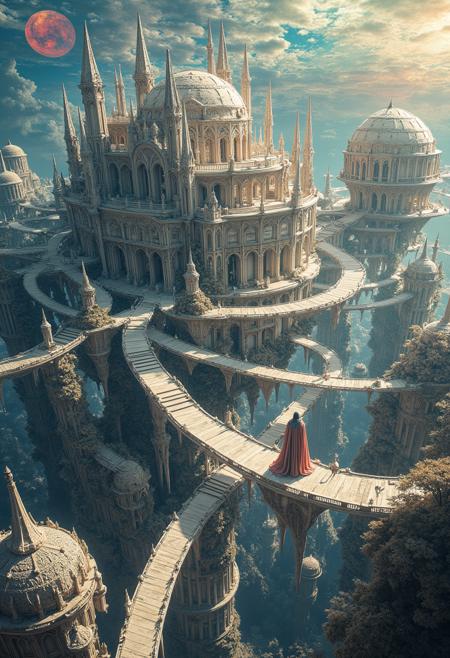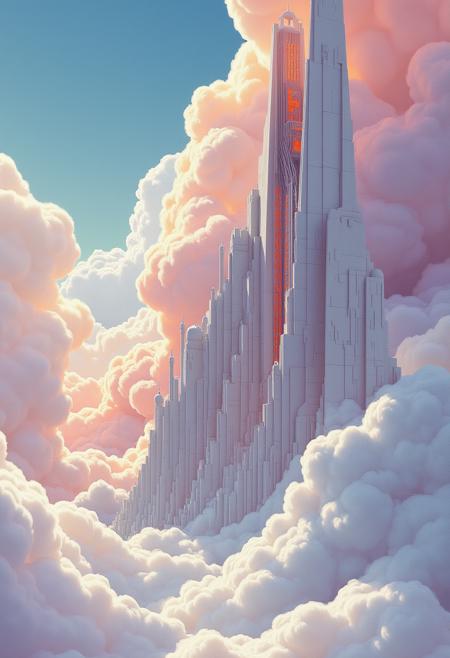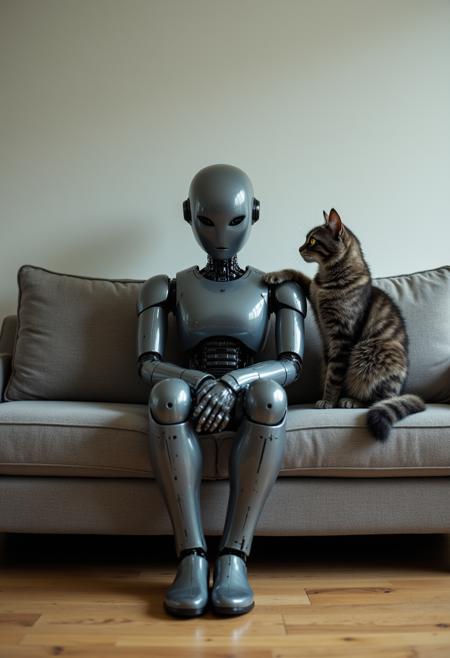In a maze filled with fantasy colors and the aura of futuristic technology, the player navigates through. This maze is composed of various types of colored glass, each reflecting different lights, forming beautiful light walls one after another. Among these lights, there are structures made from advanced metals that showcase both the power of technology and the artistry of aesthetics. The player seems to be in a world where dreams and reality intertwine, with every step full of exploration and surprise
0
7
Safe
Private
